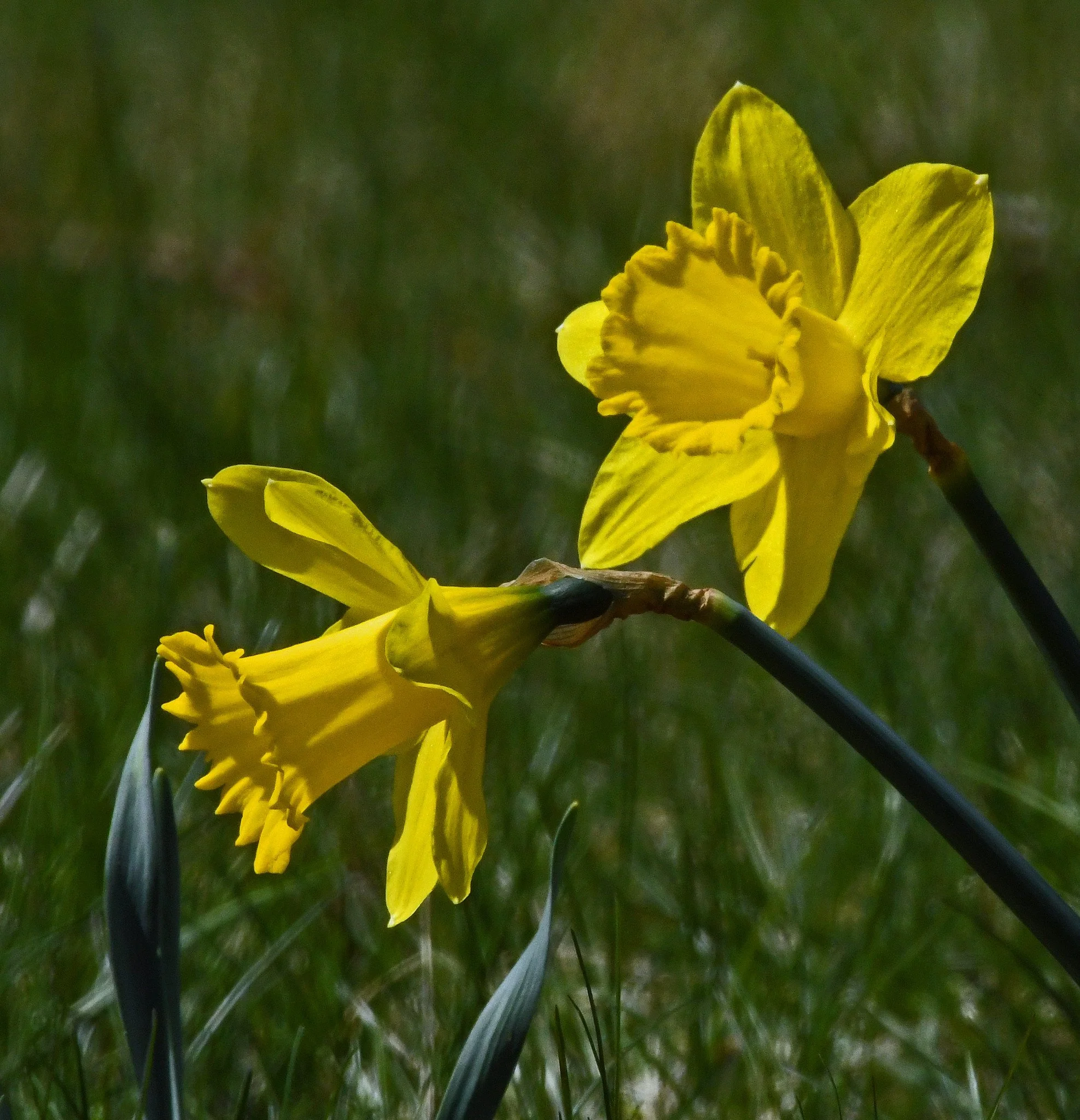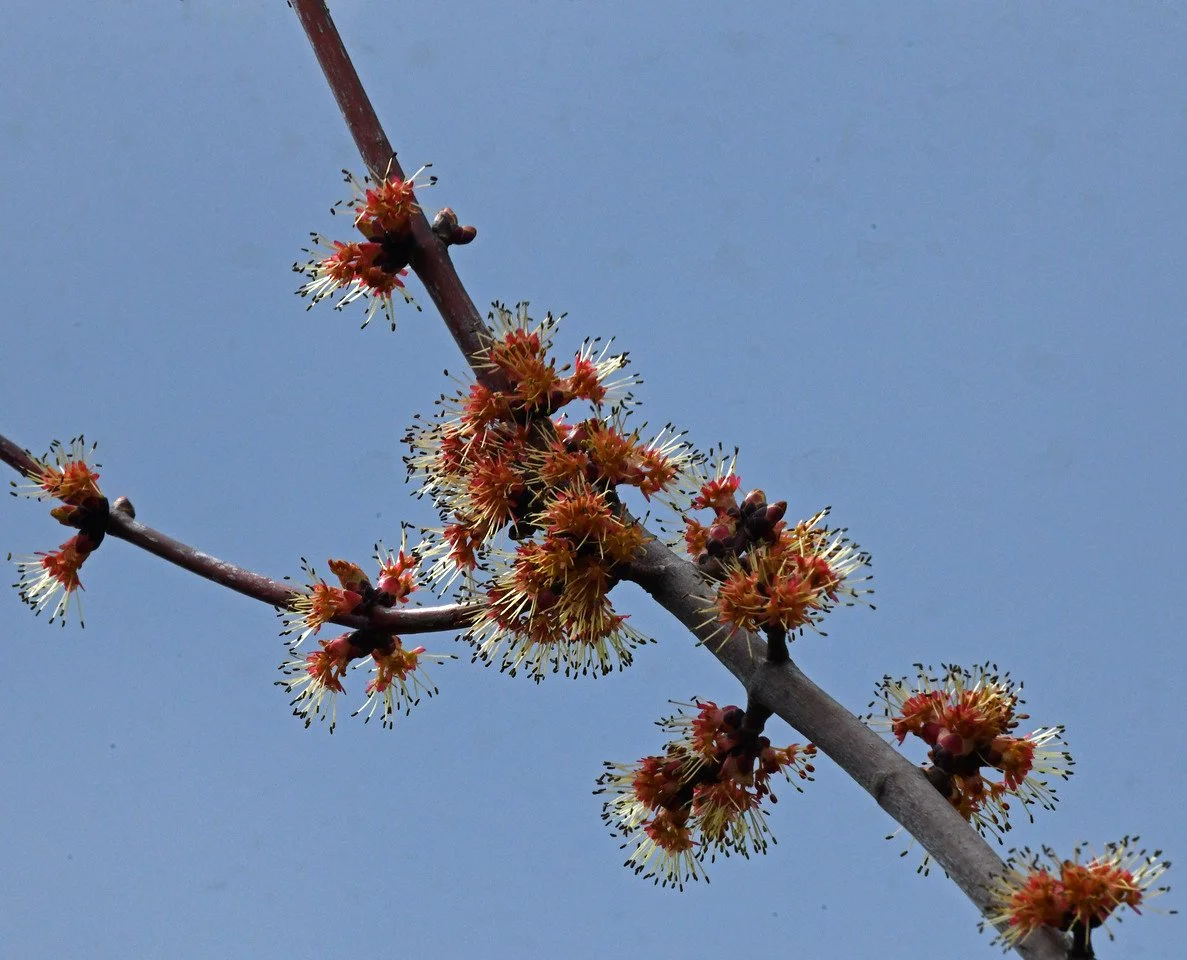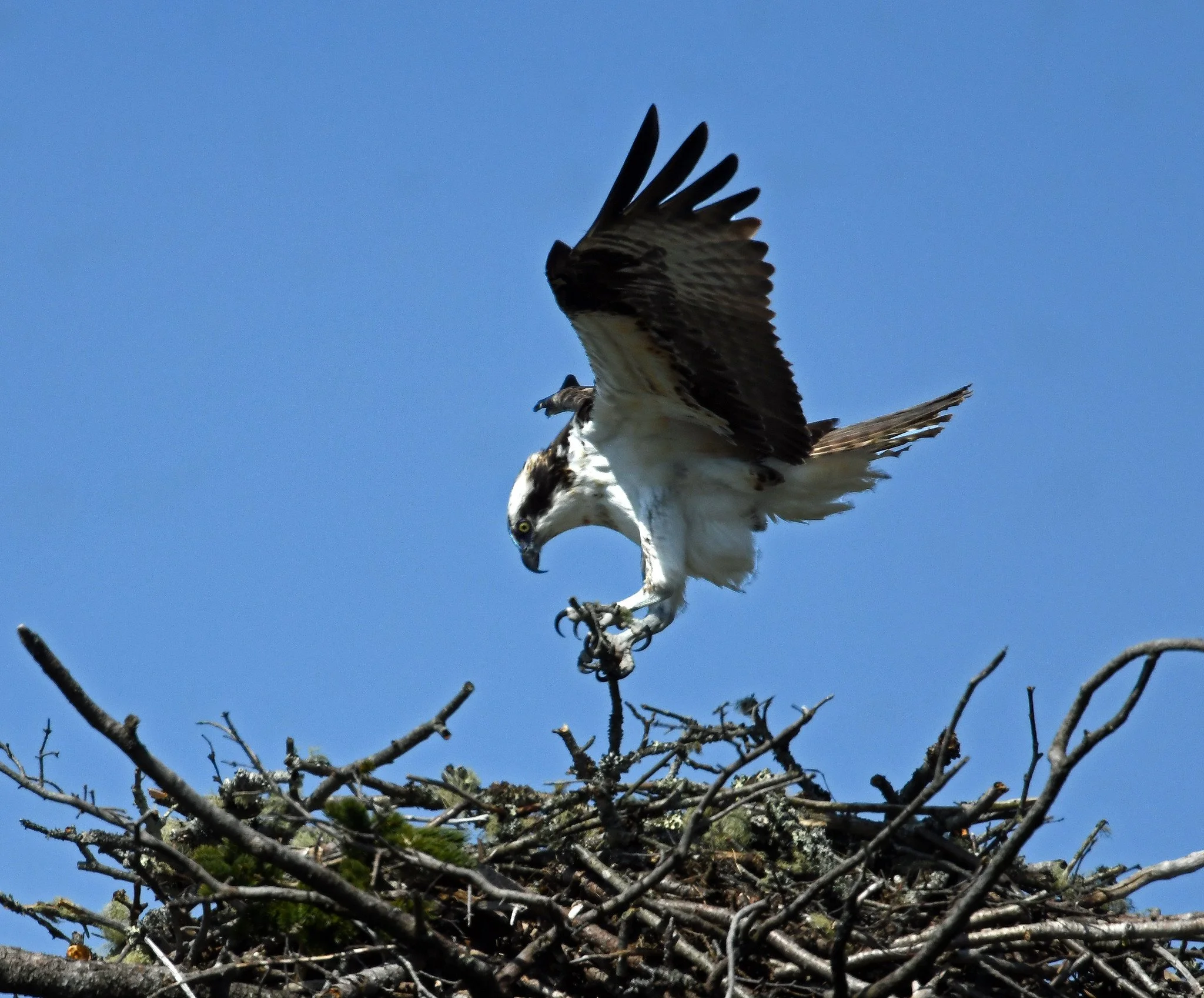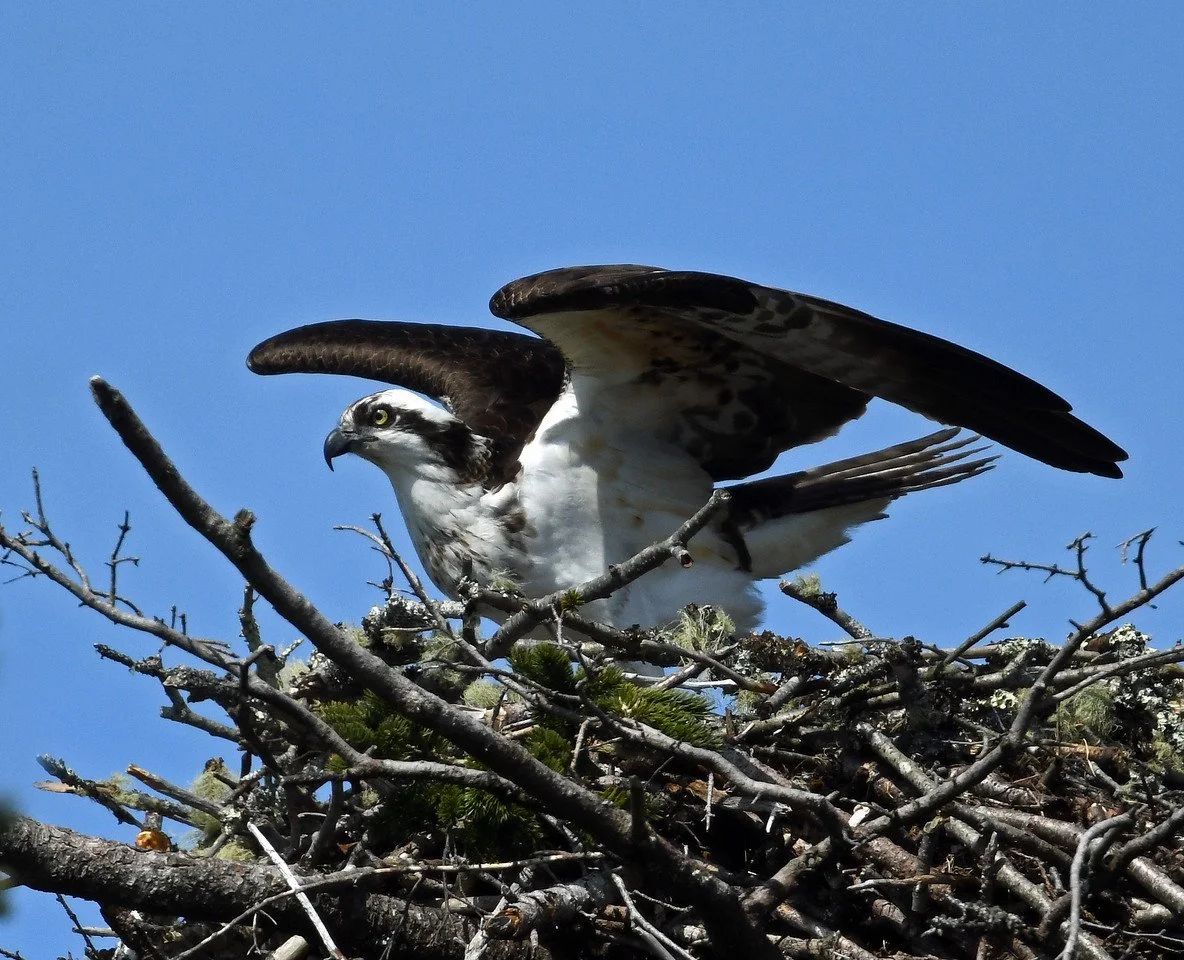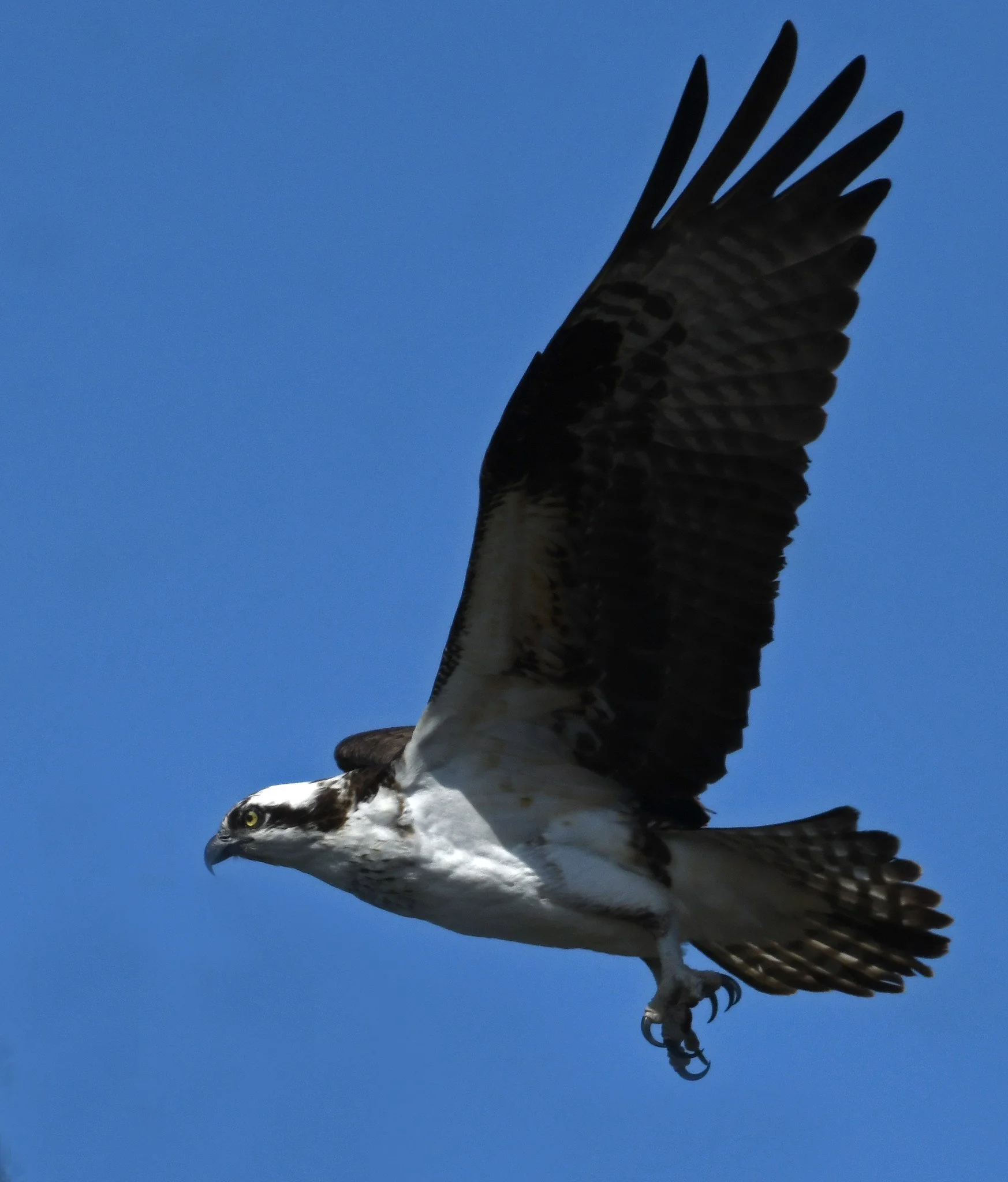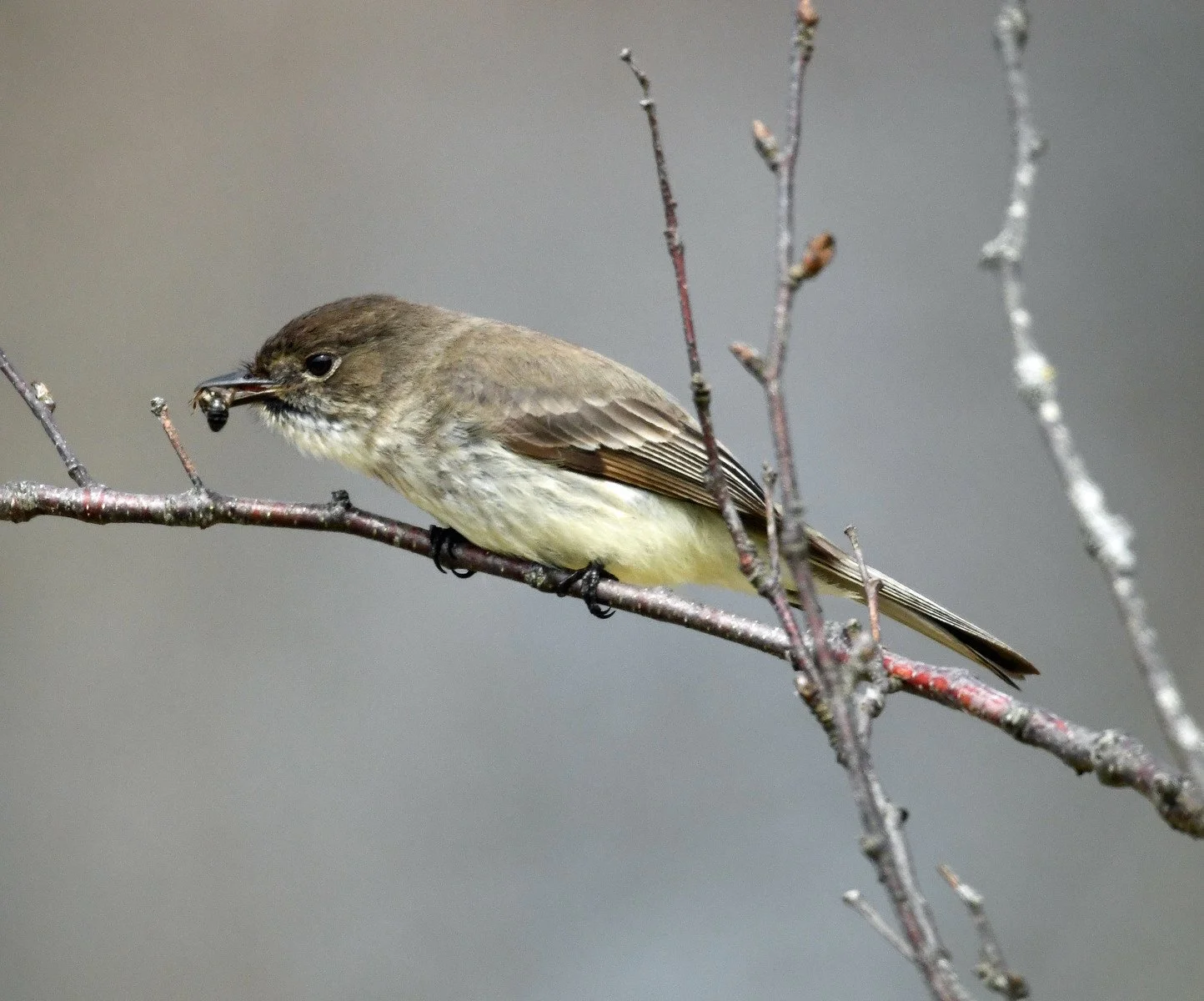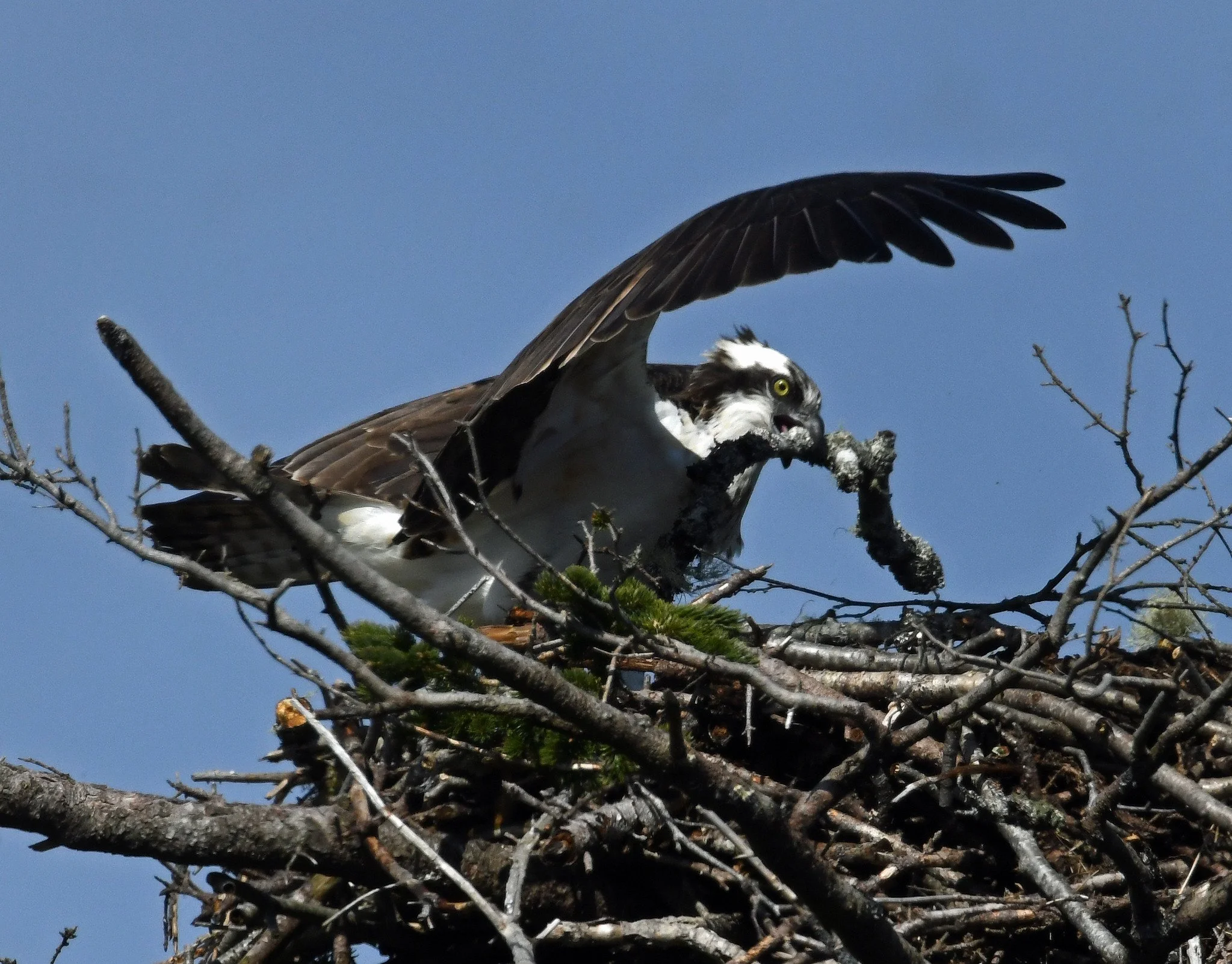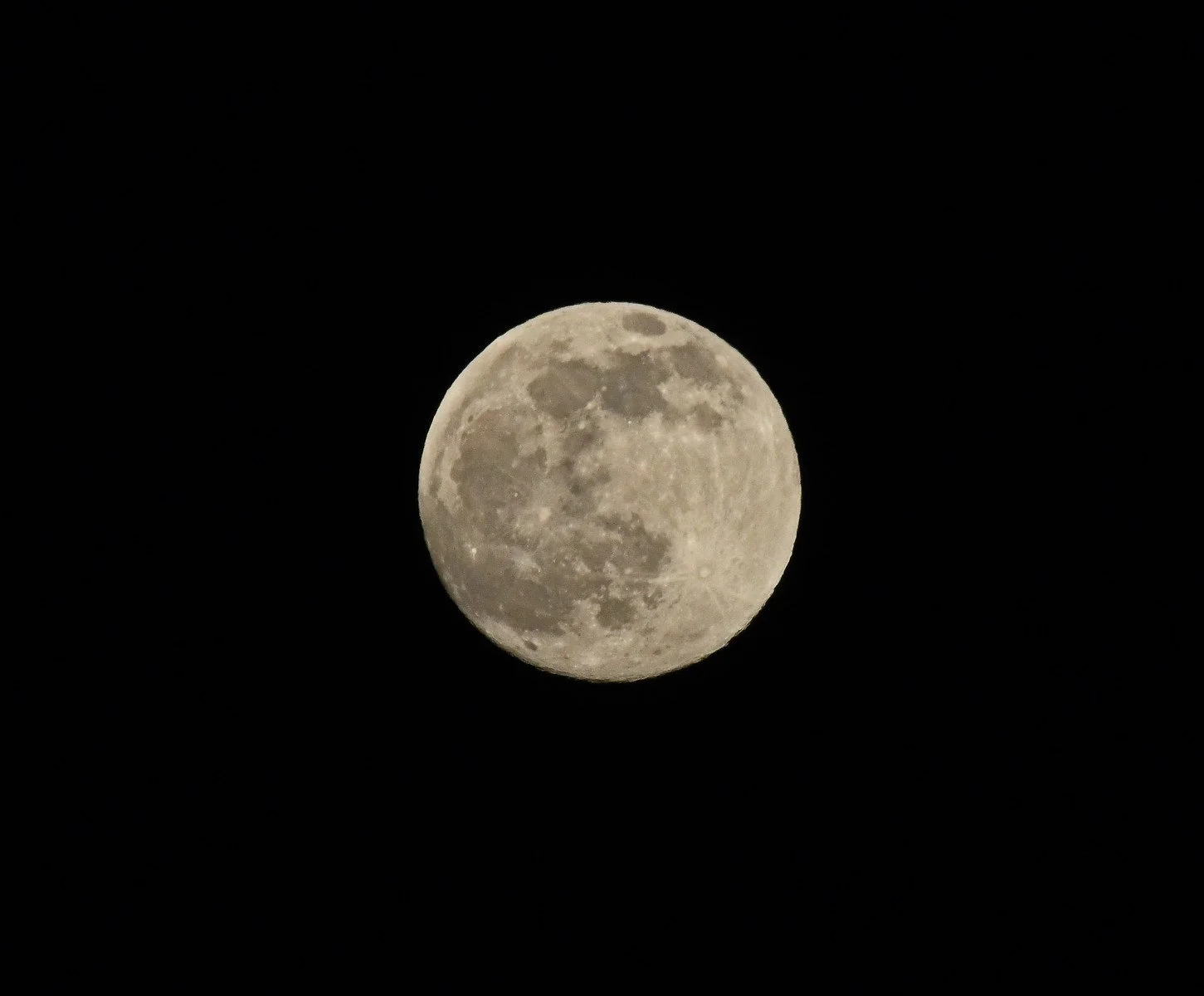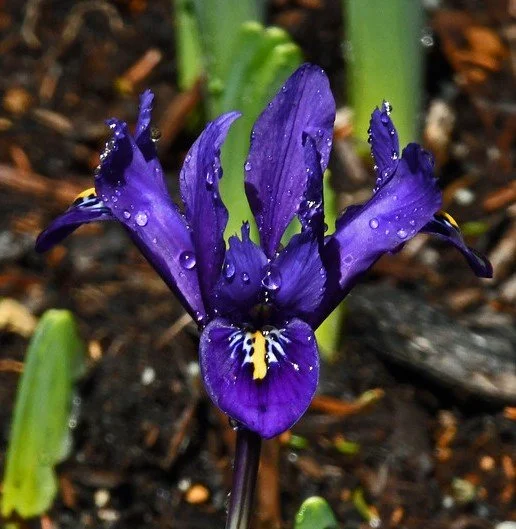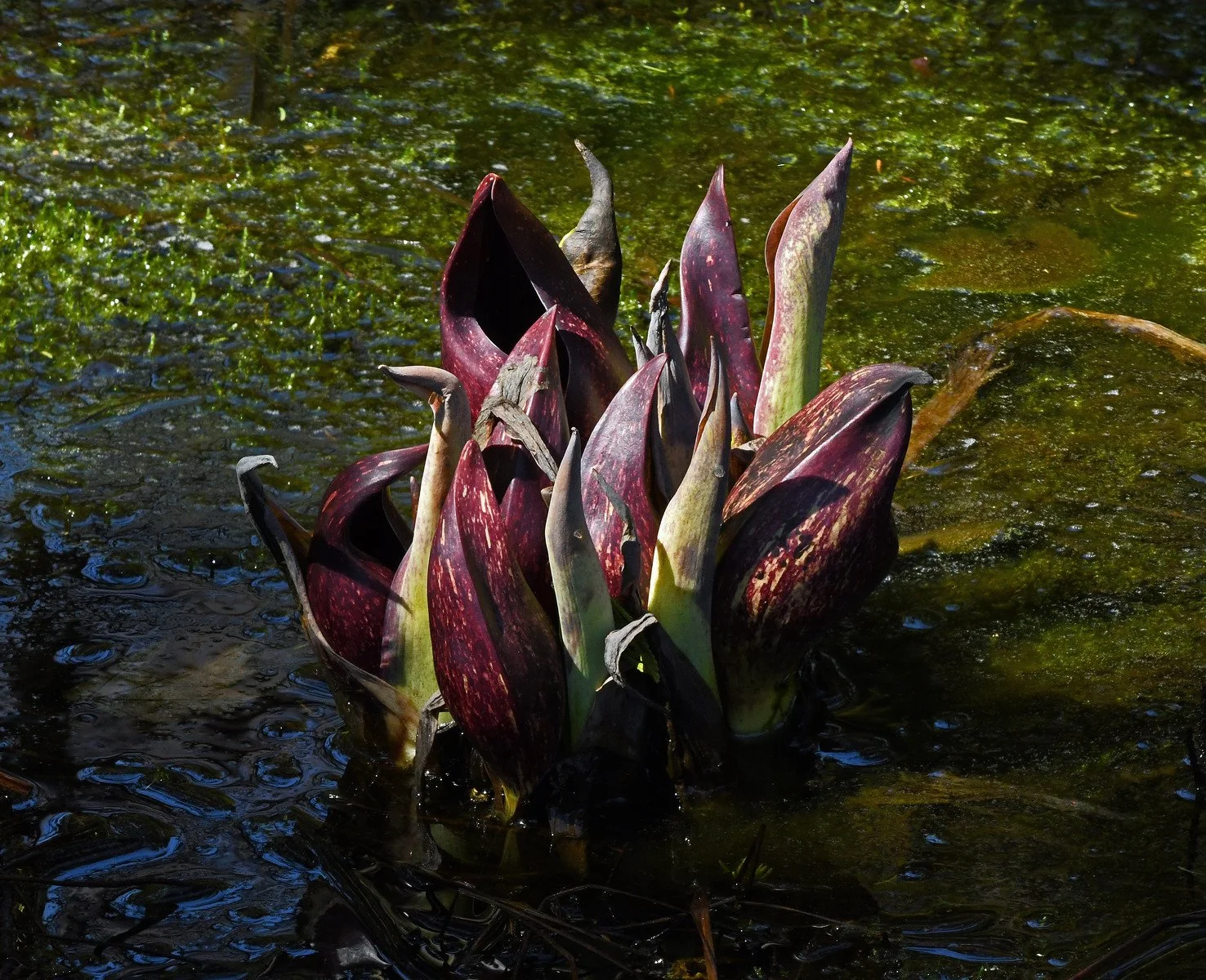Yesterday, in light but steady rain, this local quintet of white-tailed deer chose our north field to take their morning nap. Judging from a quick look at the literature, they were performing an important function.
As with all of us mammals, sleep is critical to the health of deer. However, some research indicates that white-tails spend more time bedded than on their feet. Unlike some hooved animals, deer don’t sleep standing. And, when they lie down to rest, you can’t tell from a distance whether they’re sleeping – they apparently often sleep with their eyes open, their ears alert, and their noses inhaling deeply.
When resting, white-tails reportedly nod off completely for a few seconds or minutes, then become searchingly alert for a similar time, and then return to the short sleeping state, and so on. Sleeping in groups tends to assure that at least one of them is completely alert most of the time.
Their resting periods can be fairly long and occur multiple times a day. The locals shown here started laying down a few minutes before 8 a.m. yesterday and got up and browsed their way off at 10:20 a.m. (Images taken in Brooklin, Maine, on April 27, 2022.)








